Suppose you walk in a secret path above Florence, traversing centuries of history and art in one path: this is the Vasari Corridor.
Built in 1565 by Giorgio Vasari at the behest of the Medici, it connects Palazzo Vecchio to Palazzo Pitti passing over the Ponte Vecchio, offering a unique perspective on the city and guarding a precious collection of artist's self-portraits.
It is a secret and fascinating journey into the heart of the Renaissance, which only a few walk.
Do you want to discover the history, curiosities and riches contained in it? Come with us.
Explore Florence with Florence Pass
Vasari Corridor: history of its construction and purpose
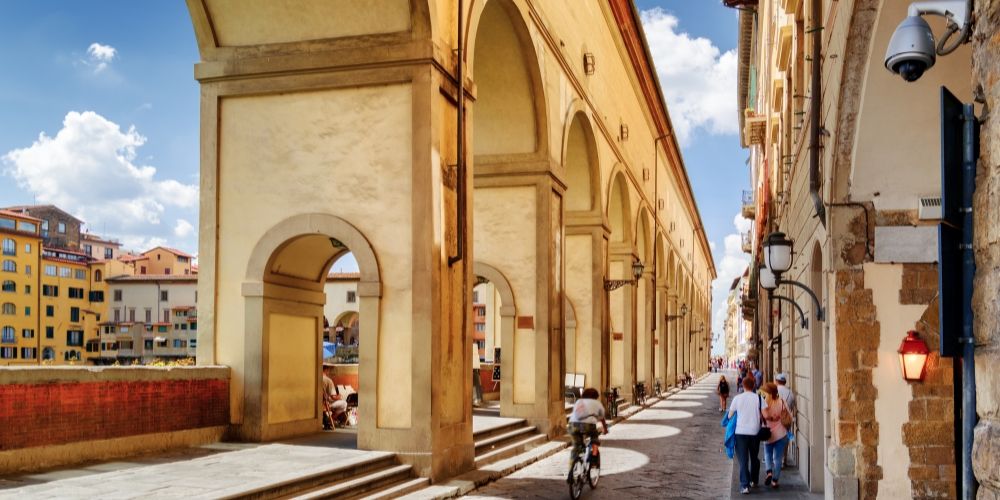
In 1565, in the heart of Florence, among Renaissance architecture and the quiet flow of the Arno River, a secret passageway was built, an elevated corridor that tells a story of power and art: the Vasari Corridor. This hidden walkway was commissioned by Cosimo I de’ Medici to mark the marriage of his son Francesco to Joanna of Austria.It was designed and executed by Giorgio Vasari, the Grand Duke's trusted artist and architect, who was able to quickly satisfy the political urgency of the requested project with his skill.
In truth, Cosimo wanted a safe and hidden route connecting the seat of government, Palazzo Vecchio, to his new residence, Palazzo Pitti, without having to cross the crowded and often dangerous city streets. The corridor was meant to allow the Medici family to move discreetly and securely, even in stormy times .
Discovering the path that connects the Uffizi to the Pitti Palace
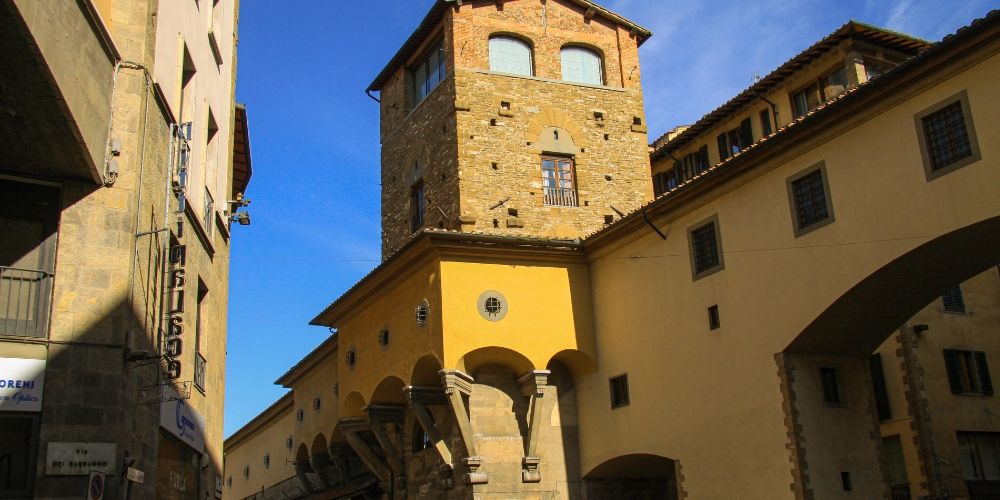
This secret corridor, about one kilometer long, runs along the right bank of the Arno River, from the Uffizi Gallery to the Ponte Vecchio. After exiting the Uffizi, the corridor continues elevated above Lungarno Archibusieri, following the curve of the river and running parallel to it for several dozen meters. From there, it crosses the Ponte Vecchio, passing right above the goldsmiths’ shops,clearly visible from the outside as a windowed walkway.
Once past the bridge, it weaves its way through the houses of the Oltrarno district, passes through the Church of Santa Felicita, and finally reaches the Pitti Palace.
Originally, the Ponte Vecchio was home to butcher shops and food vendors, but to avoid unpleasant smells during the Grand Dukes’ passage, in 1593 Ferdinand I de’ Medici ordered them to be replaced with goldsmiths and jewelers, a tradition that has survived to this day.
Along the path of the Corridor, above the apse of the church of Santa Felicita, a screened window was also built by the Medici family that allowed them to attend religious services without being seen by the people, so as to enjoy a hidden but privileged view.
Therefore, this walkway was not only a safe passage, but a true symbol of the power of the Medici. With its elevated development, isolated from the people, it symbolized the distance and control of the grand-ducal family with respect to the city and its inhabitants.
What to see inside the Vasari Corridor
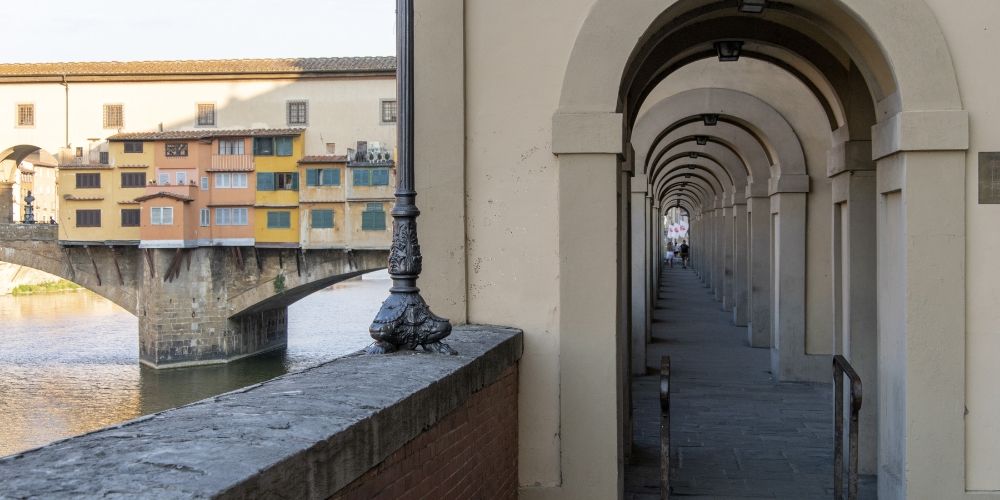
Once inside, you’ll immediately notice how this covered walkway is a typical example of Florentine Renaissance style, with narrow spaces alternating with windowed corridors, arches, and passages tucked between historic buildings.
From a scenic point of view, the stretch above the Ponte Vecchio is the most striking, offering windows that overlook the Arno River and stunning views of the city.
Artistically, you’ll also be able to admire original 16th-century frescoes in certain sections of the Corridor.
It should be emphasized that beyond its practical function, the Vasari Corridor also became a cultural space over time, so much so that today it houses a precious collection of self-portraits by great artists, including Rembrandt, Rubens, Delacroix, Guttuso, Chagall and many others. In total, the collection has over 1,000 works, although not all of them are on display at the same time.
Inaccessible to the public for centuries, the Medici Walkway is now one of the most fascinating experiences Florence has to offer—an extraordinary path suspended in time, where architecture, history, and artistic beauty come together. Come see it for yourself!
Information and tips on visiting the secret passage
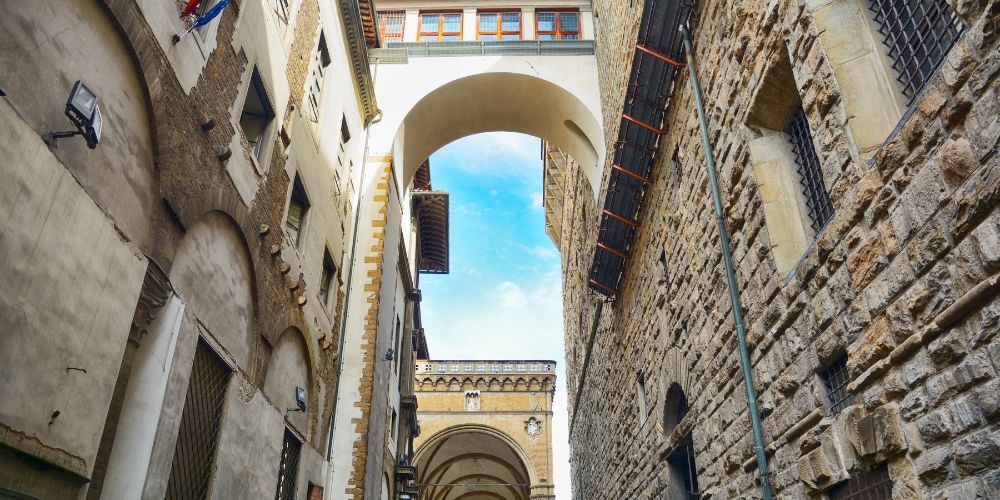
You should know that the Vasari Corridor cannot be visited freely, unfortunately, but only with a mandatory reservation through the official website of the Uffizi Galleries or authorized agencies.Tours have limited availability and often sell out well in advance.
Ticket prices vary depending on the type of visit, generally ranging from €50 to €100 per person, including admission to the Uffizi Gallery.The tour starts at the Uffizi, passes over the Ponte Vecchio, and ends near the Boboli Gardens or Palazzo Pitti.
Photography is often prohibited, or only allowed without flash, be sure to confirm with your guide.
Average duration of a standard visit: 1 to 1.5 hours.
Please note: The Corridor is not accessible to visitors with reduced mobility.
Wear comfortable clothing, especially walking shoes.
Be sure to arrive early at the designated meeting point—check your booking for the exact location.
Finally, we recommend booking the visit together with a tour of the Uffizi Gallery, so you can make the most of your day and enjoy one of the world’s most renowned art collections.
Visit Vasari Corridor and Uffizi Gallery with skip-the-line optionAbout the author
Written on 20/05/2025

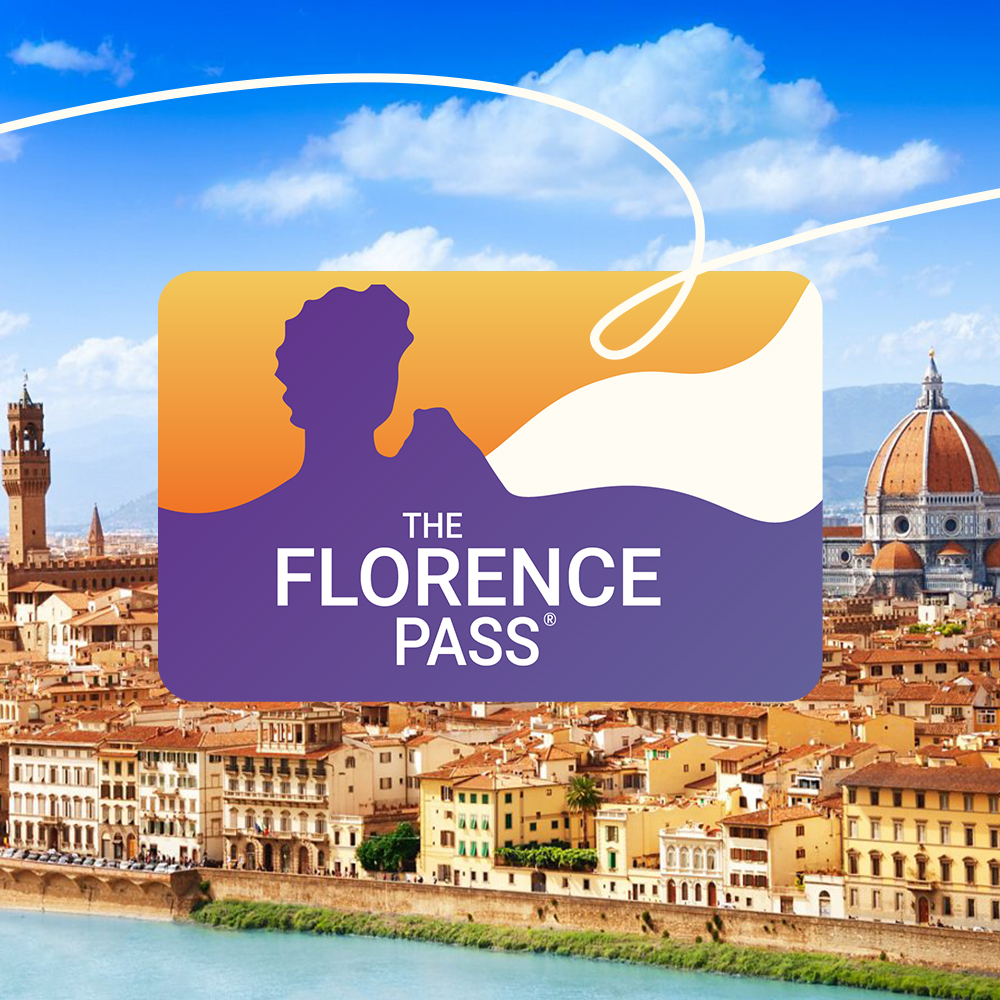


Giacinta Navarra
A passage suspended over history: the Vasari Corridor combines art, secrets and unique views in the heart of Florence. An unmissable experience!